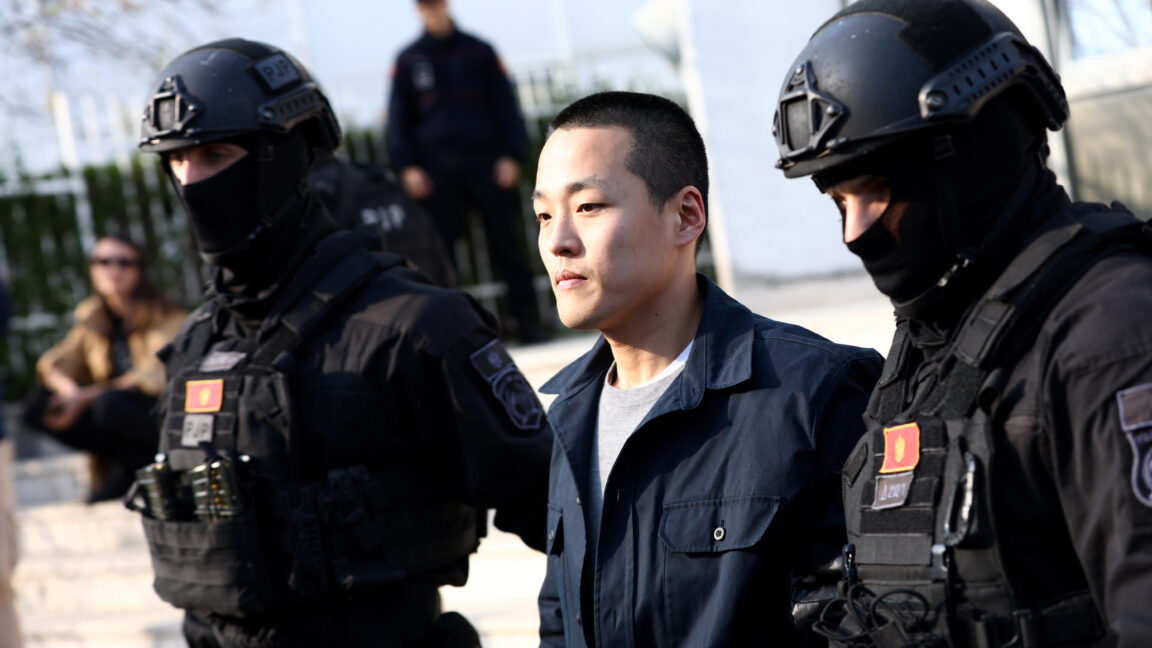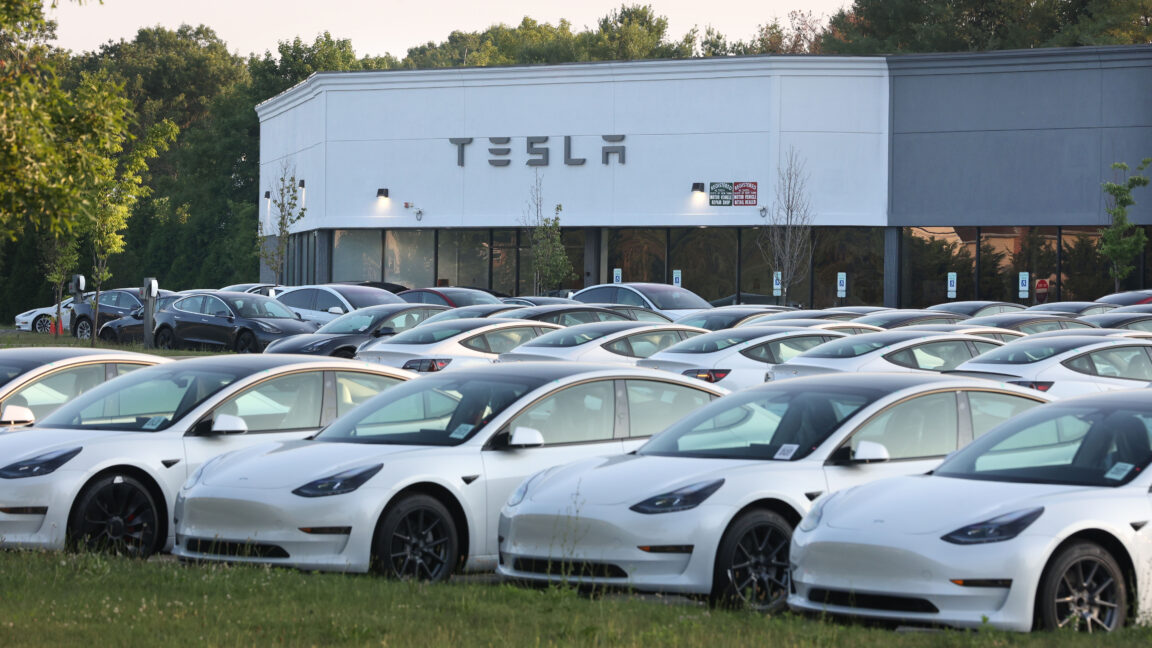
A few months before the first Cybertrucks were delivered to customers, Tesla CEO Elon Musk got on a call with investors and said he wanted to “temper expectations” about the polarizing vehicle.
“It’s a great product, but financially, it will take, I don’t know, a year to 18 months before it is a significant positive cash flow contributor,” Musk said in the October 2023 call. But, ever the showman, Musk couldn’t resist injecting some hype.
“The demand is off the charts,” he said. “We have over 1 million people who have reserved the car.”
But more than a year later, that demand appears to have dried up.
Yesterday, Tesla reported its fourth quarter production and delivery numbers for 2024, giving us as close to a complete picture of the Cybertruck’s first full year of sales as we’re going to get. Tesla doesn’t break out Cybertruck numbers specifically, instead lumping them in with its two older vehicles, the Model S and Model X, as “other models.”
Tesla said it produced 94,105 vehicles in that category in 2024, of which 85,133 were delivered to customers. Kevin Roberts, director of economic and market intelligence at CarGurus, estimates that between 35,000–50,000 of those “other models” sold over the course of the year were Cybertrucks.
“How you view the Cybertruck depends on what your expectations going in were,” Roberts tells me. “If you thought it was going to be a large volume vehicle, a la Ford F-150 competitor, it hasn’t become a large volume competitor. But if you compare it to, say, a lifestyle pickup or the Ford F-150 Lightning, I think it’s done pretty well.”
And yet, the Cybertruck did not meaningfully contribute to Tesla’s growth in 2024, as evidenced by the fact that the company reported its first year-over-year sales decline in over a decade.
Musk claimed that over 1 million people reserved a Cybertruck, and so far, that has not resulted in 1 million Cybertrucks on the road. To be sure, it’s still early days for the angular EV, and it could still prove to be a success. But Tesla lowered the deposit reservation to $100, after initially asking for $1,000, which likely boosted reservations among people who probably weren’t going to end up buying one.
And then there was the rocky rollout: the viral videos of a Cybertruck getting stuck in snow or sand; the numerous recalls (seven since its launch in December 2023), including one related to a faulty accelerator pedal; and Musk’s emergence as a stalwart supporter of Donald Trump and a purveyor of racist, rightwing conspiracies.
Even still, the Cybertruck seemed to come out of the gate strong. It was America’s best-selling electric truck in Q2 of 2024, the third-best-selling EV in the country in Q3, and the best-selling vehicle costing over $100,000 in the first half of the year.
In July, it almost matched combined sales of all other electric trucks on the market, including the Ford F-150 Lightning, Rivian R1T, GMC Hummer EV, and Chevy Silverado EV. But some analysts suggested that Tesla may have been filling a backlog of older orders at the time, which would suggest that the sales numbers weren’t related to increased demand.
But as the year went on, evidence emerged that the Cybertruck may have already passed its peak. There were anecdotal reports of Cybertrucks piling up on used car lots. Tesla Cybertruck factory workers in Austin were told to stay home for three days in December.
Meanwhile, dozens of limited edition Foundation Series Cybertrucks, the first version of the truck to go on sale, were piling up in the automaker’s inventory, leading Tesla to reportedly start buffing the badging off so they could be sold as regular models. And the price of a used Cybertruck keeps dropping: $104,300 on average on December 30th, down from $107,800 the month before, according to CarGurus.
“What’s going on with used Cybertrucks and we can see the number of days those vehicles have been sitting on lots has been going up,” Roberts says. “And the average price of used Cybertrucks has been trending down.”
A brand-new Cybertruck is still very, very expensive: leasing starts at around $900 a month, while someone interested in buying an all-wheel drive base model would be expected to drop at least $90,000.
/cdn.vox-cdn.com/uploads/chorus_asset/file/25605448/IMG_5464.jpeg) Image: Umar Shakir / The Verge
Image: Umar Shakir / The Verge
And while the Cybertruck just recently qualified for the federal EV tax credit of $7,500, that benefit is likely to be short-lived, as Trump is expected to kill the credit — with Musk’s backing. Musk still has a few more months to make good on his claim from 2023 that the Cybertruck will be a “significant cash flow contributor” within 18 months — but the outlook looks grim.
Tesla could have followed up the enormously successful Model Y with an even more affordable EV, which is what a lot of analysts and investors were expecting. But instead, Musk introduced a highly polarizing, questionably made, lifestyle vehicle that will likely never sell as many units as its predecessors.
“Tesla has had a big volume hit, the Model Y is in the top five selling vehicles in the US,” Roberts says. “So they can get those big volume vehicles. The Cybertruck just hasn’t been that. And it’s going to face some headwinds in 2025 that could make it a challenge for it to get to that kind of volume status.”




